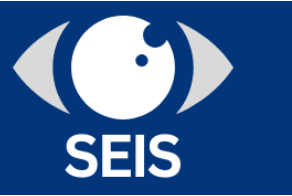COSHH Regulations: UK Hazardous Substances Safety Rules
The Control of Substances Hazardous to Health Regulations 2002 (COSHH) are designed to protect workers and others from exposure to harmful substances in the workplace. From cleaning chemicals and dusts to fumes and biological agents, COSHH applies across nearly all industries in the UK.
This detailed guide will explain the COSHH regulations in simple terms. You’ll learn what COSHH is, who it applies to, and how to stay compliant. SEIS Engineering helps businesses manage COSHH risks through assessments, control measures, staff training, and ongoing compliance support.
What is COSHH?
COSHH is the main UK regulation that governs the use of hazardous substances in workplaces. It ensures that risks from exposure are properly assessed, controlled, and reviewed.
What Does COSHH Stand For?
COSHH stands for:
-
Control of Substances Hazardous to Health
When Did It Come into Force?
COSHH was first introduced in 1988 and updated in 2002. It is enforced by the Health and Safety Executive (HSE).
Why Was It Introduced?
COSHH was created to reduce the number of illnesses and injuries caused by harmful substances. These include respiratory issues, skin conditions, poisoning, and long-term diseases like cancer.
When Does COSHH Apply?
COSHH applies whenever hazardous substances are present in a workplace.
What Are Hazardous Substances?
Hazardous substances include:
-
Chemicals and cleaning products
-
Dusts (e.g. wood dust, flour dust)
-
Fumes and vapours (e.g. welding fumes, solvent vapours)
-
Gases (e.g. chlorine, ammonia)
-
Biological agents (e.g. bacteria, viruses)
Real-World Examples
| Workplace | Substance | COSHH Risk |
|---|---|---|
| Manufacturing | Paints, adhesives | Inhalation, skin contact |
| Cleaning Services | Bleach, descaler | Burns, respiratory irritation |
| Healthcare | Disinfectants, pathogens | Infection, chemical exposure |
SEIS Engineering carries out COSHH assessments across all industries, identifying risks and recommending the right controls.
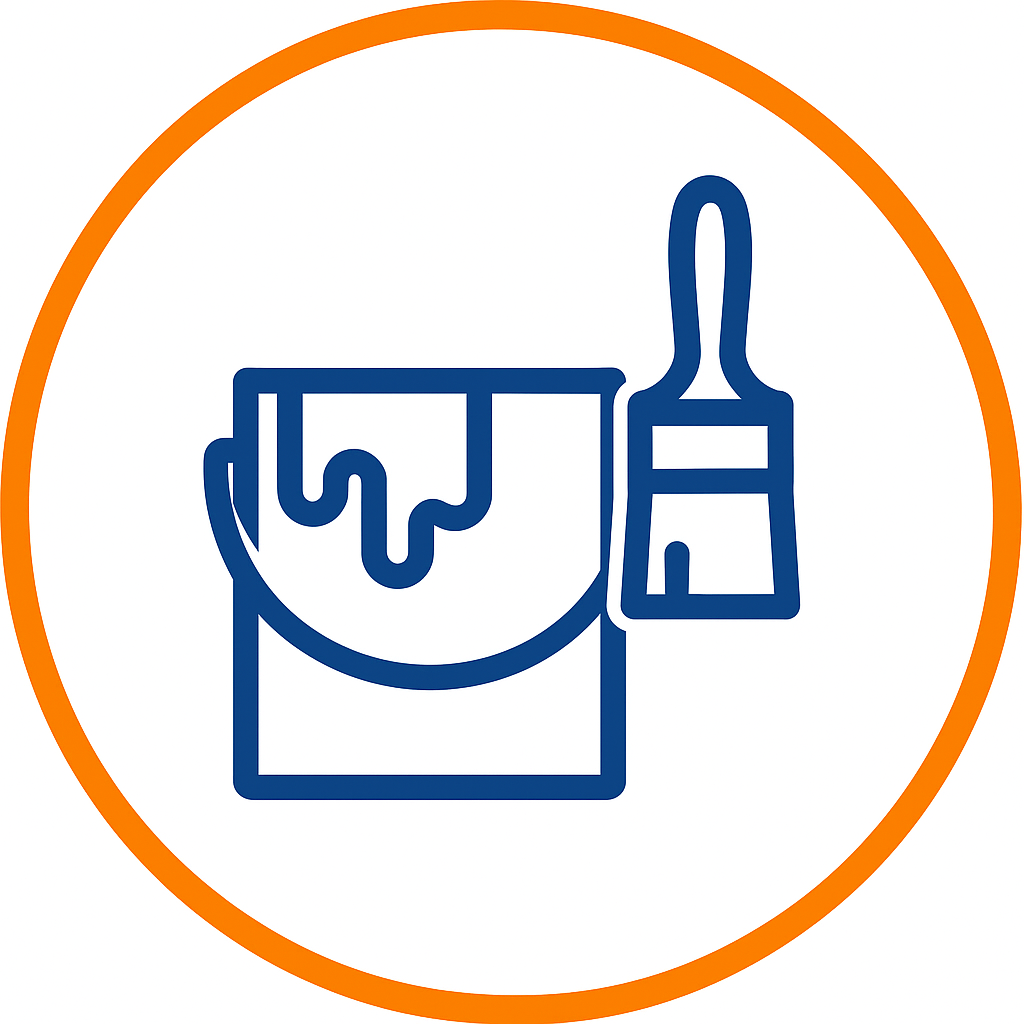
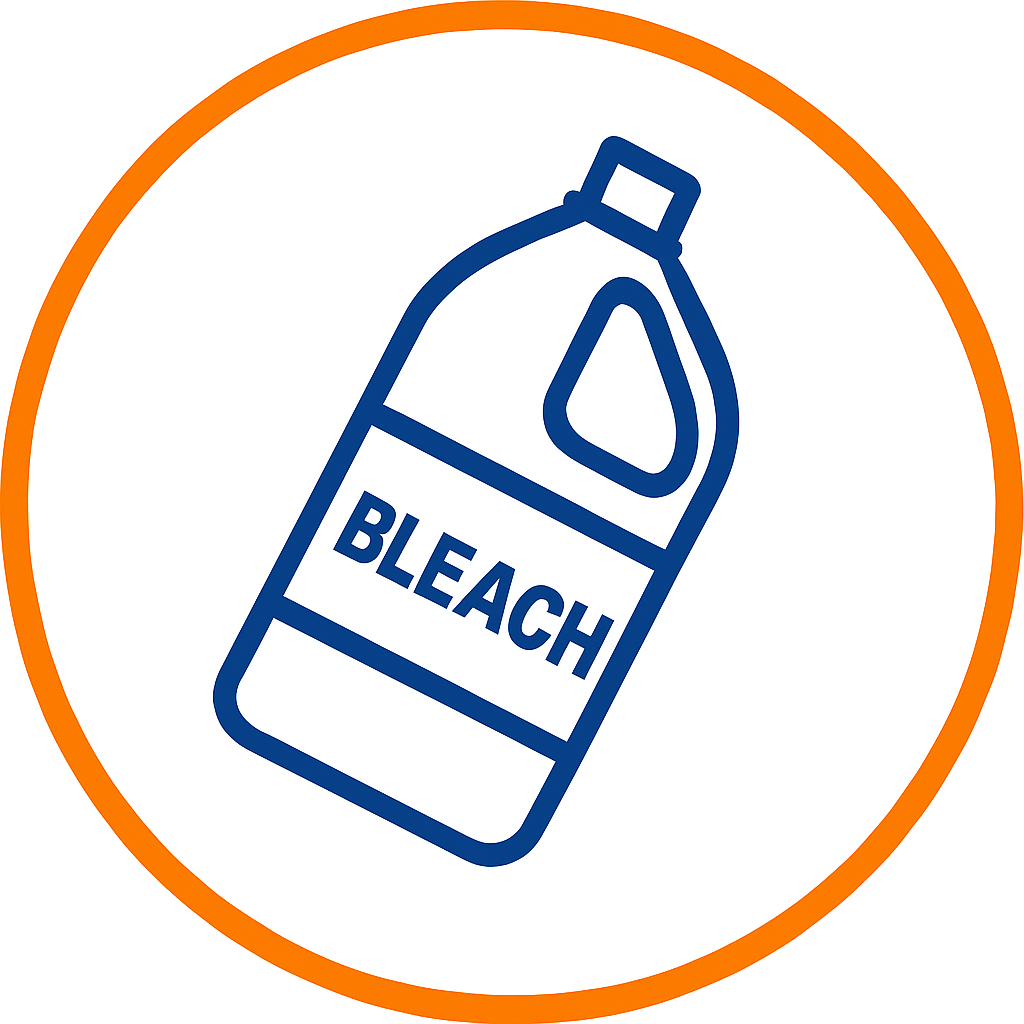

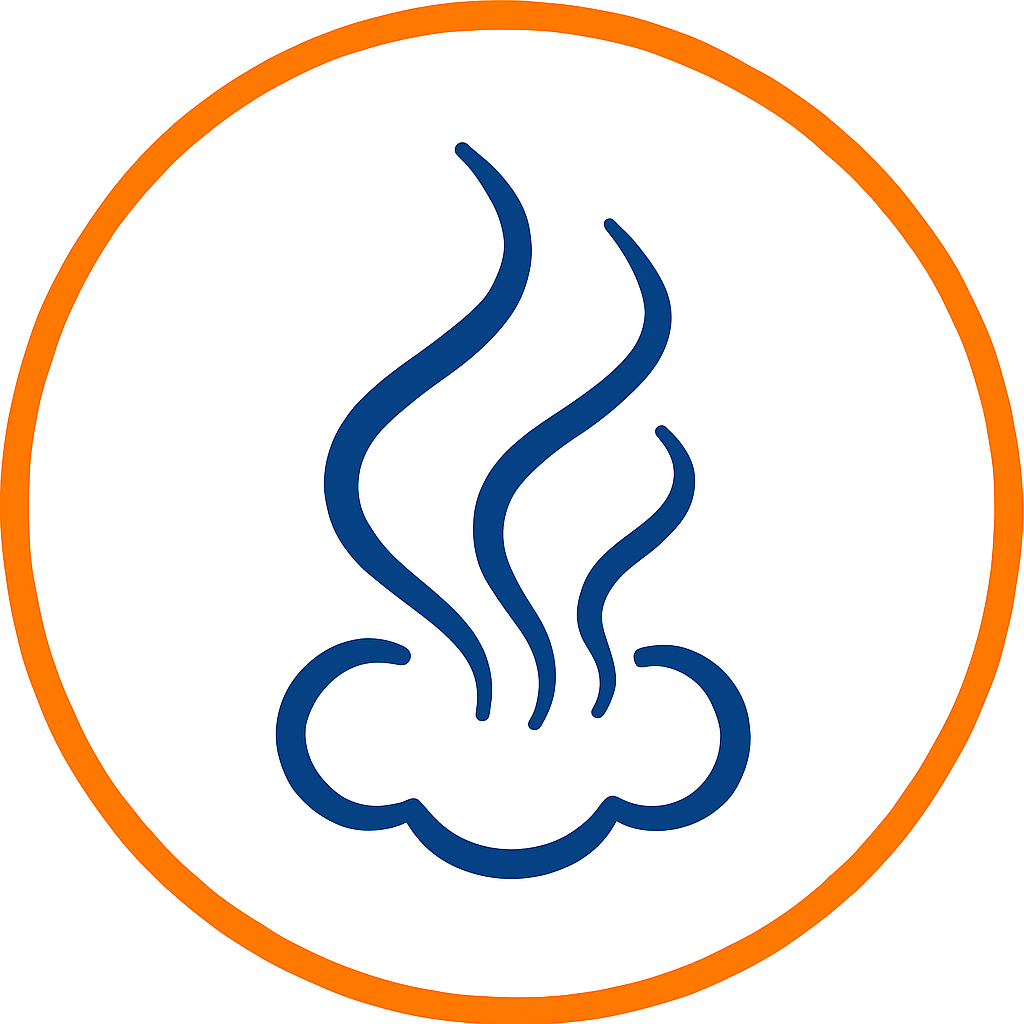
What COSHH Does NOT Cover
-
Asbestos (covered by separate regulations)
-
Radioactive materials
-
Lead (covered under Lead at Work Regulations)
Key COSHH Requirements
Employers and duty holders must take several steps to comply with COSHH.
1. COSHH Risk Assessments
-
Identify hazardous substances in your workplace
-
Evaluate how people may be exposed
-
Decide on control measures to reduce risk
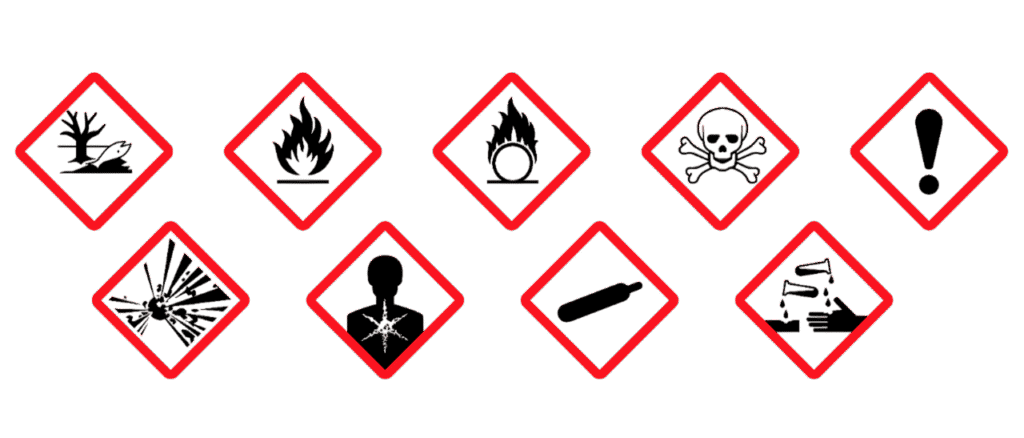
2. Implement Control Measures
-
Use less hazardous alternatives where possible
-
Provide personal protective equipment (PPE)
-
Install ventilation or containment systems
-
Label and store chemicals safely
3. Monitor and Review
-
Carry out regular exposure monitoring if needed
-
Health surveillance may be required (e.g. skin checks or lung function tests)
-
Review and update the assessment regularly
SEIS Engineering can conduct full COSHH risk assessments, advise on safer substances, and install control systems tailored to your processes.
Need Support with COSHH? Get in touchResponsibilities Under COSHH
Who is the Duty Holder?
-
Employers are responsible for compliance
-
Self-employed workers using hazardous substances must also comply
Managerial Responsibilities
-
Ensure all staff are informed, trained, and supervised
-
Maintain safe storage and clear labelling of substances
-
Prepare for spills and emergency situations
Worker Responsibilities
-
Follow safety procedures and training
-
Use PPE correctly
-
Report leaks, spills, or health symptoms
SEIS Engineering works with managers and teams to build a compliant, safety-first workplace.
Need Support with COSHH? Get in touchCOSHH Documentation and Records
What You Need to Keep
| Document | Required For |
| COSHH assessments | Every substance in use |
| Health surveillance records | If required by risk assessment |
| Monitoring results | For airborne substances or exposure levels |
Labelling and Signage
-
Use warning symbols (CLP/GHS standards)
-
Display safety data sheets (SDS)
-
Post instructions for first aid and emergency clean-up
SEIS Engineering provides support with COSHH documentation, storage systems, and compliance file creation.
Legal Consequences of Not Following COSHH
Penalties for Non-Compliance
Failure to comply with COSHH can lead to:
-
Fines of thousands or even hundreds of thousands of pounds
-
Prosecution under criminal law
-
Imprisonment in serious or repeated cases
Real-World Example
A bakery was fined £60,000 after failing to control flour dust exposure. Several employees developed long-term respiratory conditions. The HSE found no risk assessments or dust controls in place.
HSE Enforcement Powers
-
Issue improvement or prohibition notices
-
Conduct unannounced inspections
-
Seize unsafe chemicals or shut down processes
SEIS Engineering helps companies avoid costly enforcement by creating systems that meet and exceed COSHH legal standards.
Top Tips for COSHH Compliance
Use Safer Substances Where Possible
-
Choose low-toxicity or non-hazardous alternatives
-
Always review the Safety Data Sheet (SDS) for less risky options
Train Your Staff
-
Provide COSHH-specific training and refresher courses
-
Include how to read labels, handle spills, and use PPE
Keep Your Risk Assessments Up to Date
-
Review at least annually or when processes change
-
Update assessments if new substances are introduced
SEIS Engineering provides practical training, SDS reviews, and expert COSHH assessments to keep your workplace safe.
Need Support with COSHH? Get in touchCOSHH vs Other Regulations
| Regulation | Focus | Applies To |
| COSHH | Control of hazardous substances | Chemicals, dusts, fumes, biological agents |
| PUWER | Safe use of work equipment | Tools, machines, conveyors |
| PPE Regulations | Personal protective equipment | Safety goggles, gloves, respirators |
Most workplaces must comply with COSHH alongside other regulations depending on their operations.
Summary: What You Need to Know
-
COSHH protects workers from harm caused by hazardous substances
-
Applies to all industries using chemicals, dusts, fumes, and biological agents
-
Requires risk assessments, control measures, training, and documentation
-
Failing to comply can result in fines, prosecution, or long-term health damage
SEIS Engineering offers full COSHH support — from assessments and SDS reviews to training and control system installation. Use the button below to Get in Touch.
Need Support with COSHH? Get in touchFrequently Asked Questions About COSHH
COSHH stands for Control of Substances Hazardous to Health. It’s the main UK regulation for managing risks from hazardous substances in the workplace.
COSHH applies to all employers, employees, and self-employed people who use, store, or are exposed to hazardous substances at work.
COSHH covers:
- Chemicals
- Fumes
- Dusts
- Vapours
- Mists
- Gases
- Biological agents that can harm health
It does not cover asbestos, lead, or radioactive materials.
A COSHH assessment is a risk assessment specifically for hazardous substances. It identifies risks and outlines how to control exposure to protect workers.
Yes – if the risk assessment shows exposure could lead to conditions like asthma, dermatitis, or other long-term effects, health surveillance is legally required.
Employers have the primary legal responsibility. However, employees must follow control measures, use PPE correctly, and report any issues.
Yes. You must keep COSHH assessments, exposure monitoring data, training logs, and health surveillance records where applicable.
Breaches can result in:
- HSE enforcement
- Fines
- Legal action
- Imprisonment
Serious or repeated failures can severely affect business operations.
Assessments should be reviewed at least annually or when changes occur, such as new substances, procedures, or incidents.
Official guidance is available from the HSE COSHH website. You can also contact SEIS Engineering for hands-on COSHH compliance support.
Get in touch